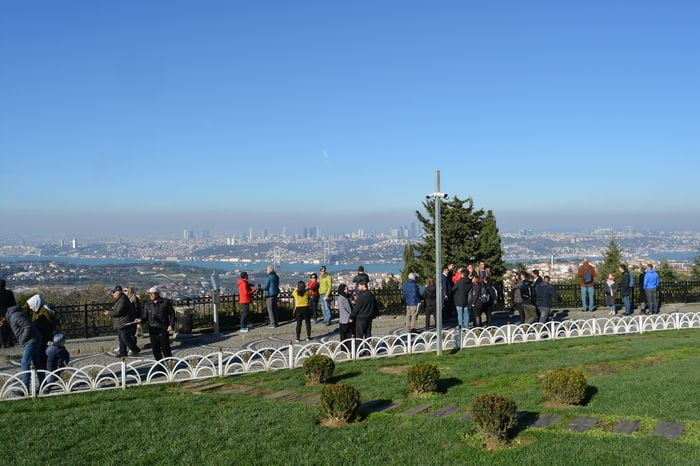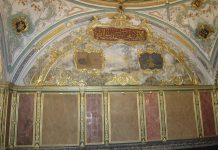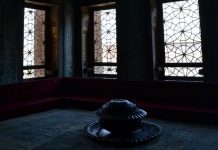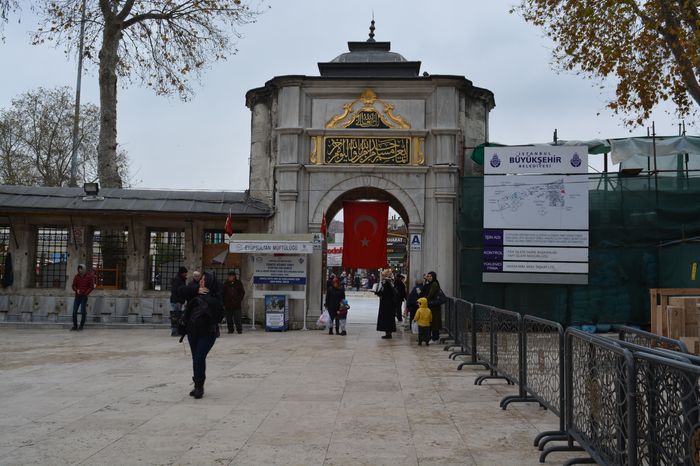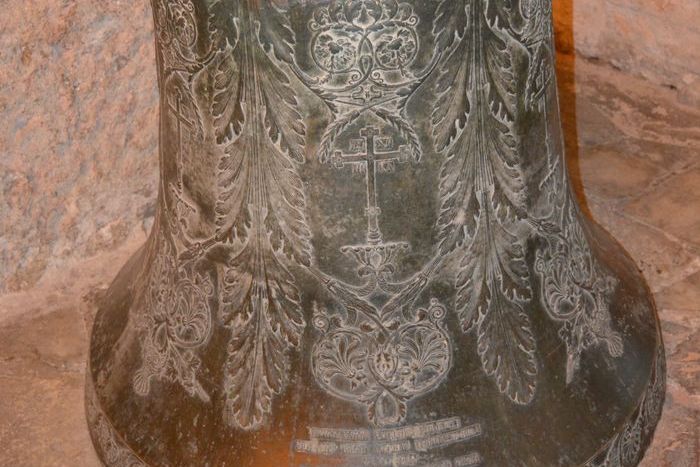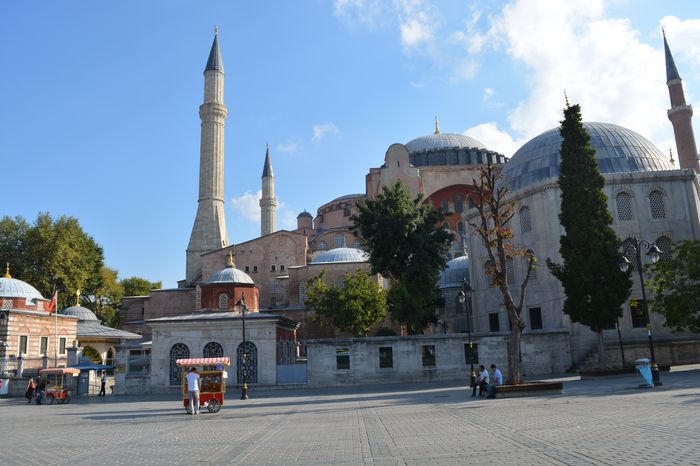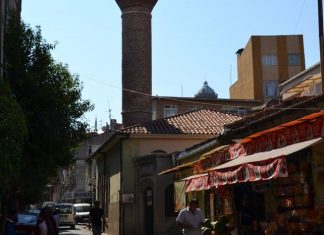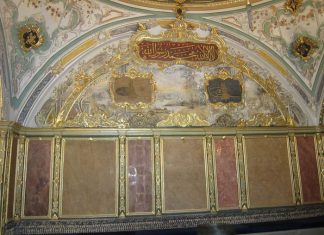Chapter three presents a partial textual analysis of the Synopsis Historion, comparing Skylitzes’ text with that of Theophanes Continuatus, focussing on the tenth-century reign of Romanos Lekapenos. We are shown that Skylitzes is not an entirely reliable copyist, although his divergences from his main source, Theophanes Continuatus, may not always be attributed to sloppiness. Holmes enumerates deliberate manipulations and distortions, and takes Skylitzes to task for abbreviation and obfuscation. The clearest revision is the excision of panegyrical language relating to the Lekapenoi, but numerous minor characters are also removed, and complex situations glossed over.
In their place one finds pat phrases and brutal economy, particularly when describing military matters. Exceptions are in the rather full explication of the exploits and lineages of certain members of powerful families. Chapter four continues the explication of Skylitzes’ working methods, moving from the ‘how’ to the ‘why’. Having sketched the literary and social contexts for the production of the Synopsis Historion, which is dated squarely in the reign of Alexios I, Holmes explains that last quarter of the eleventh century was a period of intense competition between powerful families, whose interests did not always coincide with that of the imperial government.
When one of those families took charge, others questioned and challenged Komnenian policy, notably Alexios’ protracted concern for the empire’s Balkan lands. Skylitzes, as a high functionary in the Komnenian administration, wrote to remind the families of the exploits of their forebears, particularly in the Balkan arena, and to show them the rewards of loyalty to the regime. Instead of learning about Basil II’s res gestae during his Balkan campaigns, one reads instead of the exploits of Xiphias and Theodorokan, Ouranos and Taronites, whose names leap out of the generic vocabulary and off the page.
The Battle of Kleidion, 29 July 1014
Reigns of Basil and Constantine, c. 35
The emperor [Basil] did not relent, but every year he marched into Bulgaria and laid waste and ravaged all before him. [The Bulgarian ruler] Samuel was not able to resist openly, nor to face the emperor in open warfare, so, weakened from all sides, he came down from his lofty lair to fortify the entrance to Bulgaria with ditches and fences. Knowing that the emperor always made his incursions through so-called “Kiava Longon” I and [the pass known as] “Kleidion,” he undertook to fortify the difficult terrain to deny the emperor access.
A very wide fence ( phragmon ) was built and worthy defenders were committed to it to stand against the emperor. When he arrived and made an attempt to enter [Bulgaria], the guards defended the wall manfully and bombarded and wounded the attackers from above. When the emperor had thus despaired of gaining passage, Nikephoros Xiphias, the strategos of Philippopolis, met with the emperor and urged him to stay put and continue to assault the wall, while, as he explained, he turned back with his men and, heading round to the south of Kleidion through rough and trackless country, crossed the very high mountain known as Belasica.
On 29 July, in the twelfth indiction [1014, Xiphias and his men] descended suddenly on the Bulgarians, from behind and screaming battle cries. Panic stricken by the sudden assault [the Bulgarians] turned to flee, while the emperor broke through the abandoned wall. Many [Bulgarians] fell and many more were captured; Samuel barely escaped from danger with the aid of his son, who fought nobly against his attackers, placed him on a horse, and made for the fortress known as Prilep.
The emperor blinded the Bulgarian captives — around 15,000 they say — and he ordered every hundred to be led back to Samuel by a one-eyed man. And when [Samuel] saw the equal and ordered detachments returning he could not bear it manfully nor with courage, but was himself struck blind and fell in a faint to the ground. His companions revived him for a short time with water and smelling salts, and somewhat recovered he asked for a sip of cold water. Taking a gulp he had a heart attack and died two days later on 6 October.
Read More about The Law of 390
